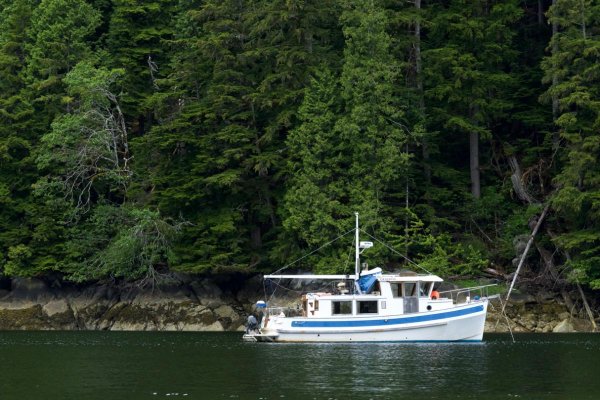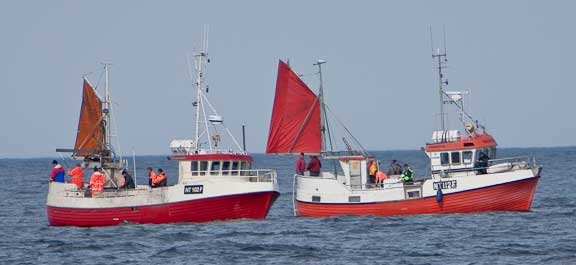rslifkin
Guru
- Joined
- Aug 20, 2019
- Messages
- 7,582
- Location
- USA
- Vessel Name
- Hour Glass
- Vessel Make
- Chris Craft 381 Catalina
Many of us here have boats that are "less than well behaved" at anchor in gusty winds. I know on my boat it's an issue of windage being too far forward, as putting the full aft canvas up helps the issue a bit.
Based on that, let's give some thought to riding sails and how to rig one in an effective location (far enough aft) and with an effective shape. Particularly for those of us without masts.
I have a feeling the answer may come to "it's just not practical", but let's see what we can come up with.
I'm thinking one option for those with davits would be a pair of sails rigged from the outer corners of the transom / rail to the davits to help the stern get pushed back in line when swinging off the wind.
Based on that, let's give some thought to riding sails and how to rig one in an effective location (far enough aft) and with an effective shape. Particularly for those of us without masts.
I have a feeling the answer may come to "it's just not practical", but let's see what we can come up with.
I'm thinking one option for those with davits would be a pair of sails rigged from the outer corners of the transom / rail to the davits to help the stern get pushed back in line when swinging off the wind.



